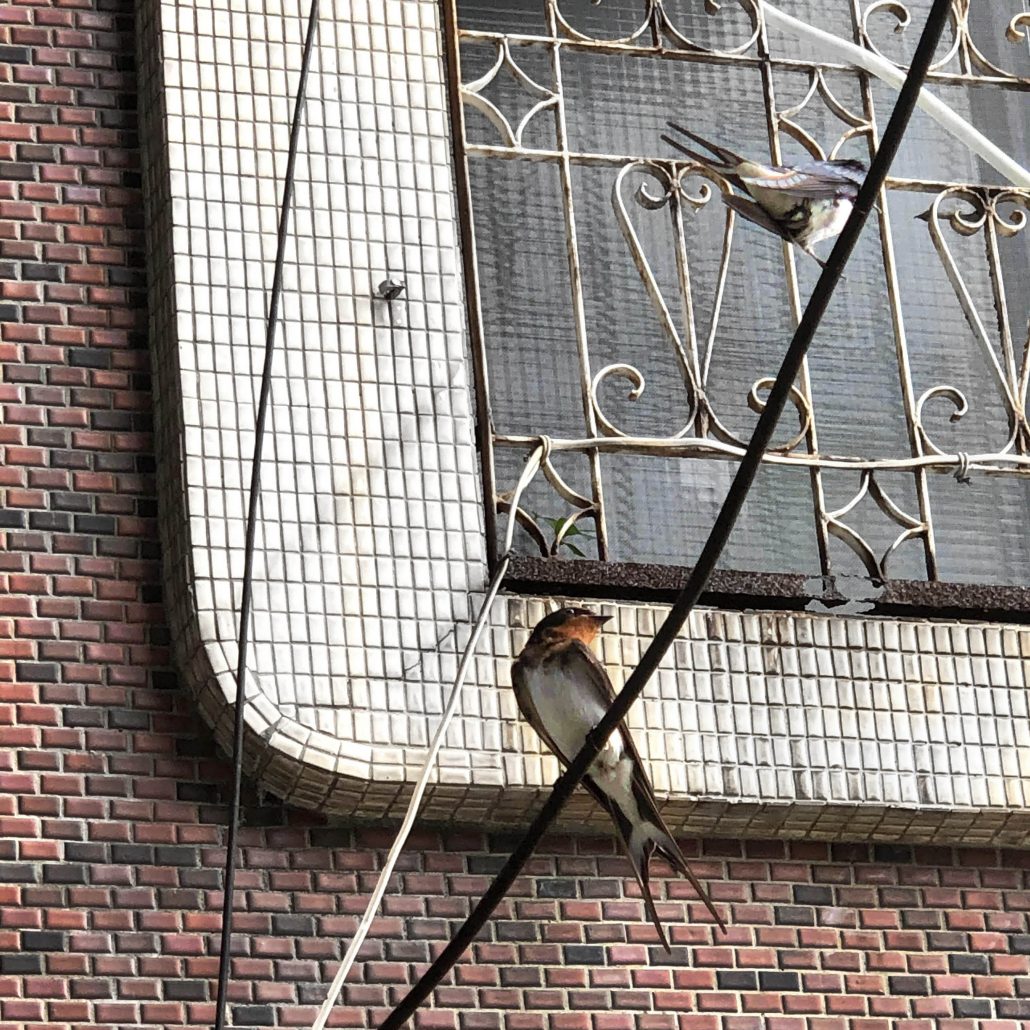Lives look different right now. It is important to acknowledge the nature of what is happening around the world. Many people are sick and dying. Many people are risking their lives to keep others healthy and safe. Many people are struggling to meet their basic needs. None of these realities are new, are they are being highlighted in a new way and affecting many more of us.
What is new, is that we are consuming fewer resources, burning less fuel, and generally polluting less than ever in recent history. The air is clearing, birds are chirping, animals are moving into new territory that just a couple months ago was overrun with human activity. The realities of our natural world are fascinating. Our team is marveling especially at how many people we are hearing noticing the birds around them for the first time. Our friends are talking about it. Backyard birding accounts on Twitter are thriving. It is even coming up on unrelated podcasts like Heavyweight with Jonathan Goldstein.
In the midst of many challenging realities, we want to embrace this newfound connection with nature. We want to encourage everyone to be listening to and noticing how the natural world is shifting. One activity we are promoting is making sound maps! This is a simple activity to get you thinking about the sounds of the natural world, and the many things sounding around you. Our team has been designing sound mapping and related activities for educators looking for new online science lessons, and you can join in on the learning. Currently, our lessons are being used in K-8 classrooms in Maryland. We encourage other educators to consider implementing them as well.
To teach you about sound mapping, here is a video from our lesson created in collaboration with North Bay education:
A sound map is a visual representation of everything sounding around you.
So go sit next to an open window, hang out on your front steps, or stand out in your yard with a piece of paper and pencil. If you have a young person who lives with you, you should invite them to do this with you. The sheet of paper represents the full area that you can hear. First mark where you are. If you are at a window, it might make sense to place yourself as being at the edge of the paper. If you are in a yard, perhaps you are in the middle paper. As you sit there for the next 5 minutes or however long you might like with open ears, every time you hear something, mark where you think you are hearing it from and what you think it is. Challenge yourself to hear more than you usually do and be specific about what you are hearing. Even if you do not know the birds you are hearing, see if you can differentiate and represent the number of different calls you are hearing.
See what you notice. Perhaps it turns out your neighbors are louder than you thought. Or perhaps you learn that you can identify 3 different birds nearby. Or perhaps you realize just how active the insects are. If you did this activity with another person, compare your sound maps. Did you notice different things? Place them differently? Represent them differently? Regardless of what you notice, we would love to hear how this experience was for you so shoot us a message on any of our social media accounts, or an email to songsofadaptation@future.edu to tell us what is happening in your soundscape.

